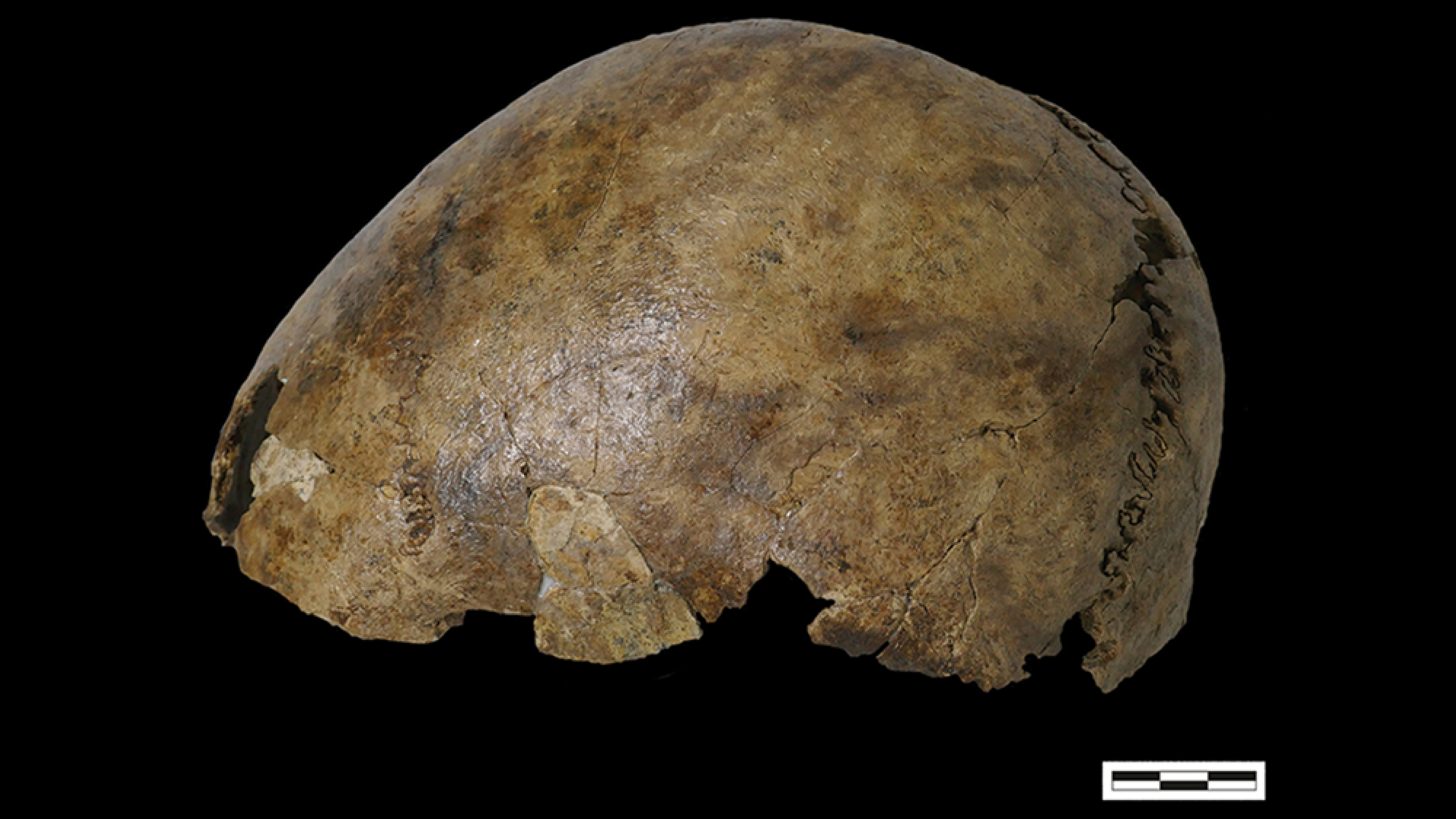DDC, Vol. 2, Pages 486-497: The (–)-Borneol Effect on Addiction/Abstinence by Morphine in Mice
Drugs and Drug Candidates doi: 10.3390/ddc2020025
Authors: Maurício Pires de Moura do Amaral Melquisedeque da Rocha Viana Altamiro Teixeira Osório Luciano da Silva Lopes Fabrício Pires de Moura do Amaral Massimo Lucarini Alessandra Durazzo Daniel Dias Rufino Arcanjo Rita de Cássia Meneses Oliveira
Opioids such as morphine are the first choice in acute and chronic pain treatment. However, they lead to addiction. Several studies have searched (i) to find a molecule that can replace morphine use or (ii) to reduce its adverse effects. This work aimed to evaluate whether (–)-Borneol [(–)-BOR], a bicyclic monoterpene, in doses of 25, 50, and 100 mg/kg (i.p.), has an antiaddictive effect on morphine (5 mg/kg, i.p.) and reduces its withdrawal symptoms precipitated by naloxone (8 mg/kg, i.p.) in Swiss mice. Furthermore, the (–)-BOR genotoxic potential was also investigated by the comet assay. The antiaddictive effect of (–)-BOR was evaluated by the conditioned preference place (CPP). The CPP was induced by morphine administration during the conditioning phase. The effects of (–)-BOR on the rewarding characteristics of morphine were tested in mice with the administration of (–)-BOR, naloxone, or vehicle (NaCl 0.9%), 30 min before morphine. This work also investigated the (–)-BOR effect on morphine withdrawal symptoms precipitated by naloxone. Morphine withdrawal symptoms were induced by administering morphine twice daily for 5 days, precipitated by naloxone administration on the sixth day. The effect of (–)-BOR on reducing morphine withdrawal symptoms was evaluated in mice that received (–)-BOR before daily morphine administration. Finally, the comet assay was performed to assess the DNA damage degree caused by the (–)-BOR (100 mg/kg, i.p.) administration. The comet assay was performed on peripheral blood taken from the tail of each animal. Cyclophosphamide (50 mg/kg, i.p.) was used to induce DNA damage. After starting the protocol, analyses were performed for 4 h (acute effect) and 24 h (repair effect). The (–)-BOR (100 mg/kg, i.p.) significantly attenuated (*** p < 0.001) the acquisition of morphine-induced CPP and reduced only the jumping behavior in the morphine withdrawal model. The best-studied dose was 100 mg/kg, being evaluated, then, in the comet assay. (–)-BOR at 100 mg/kg did not show the genotoxic effect when compared with the cyclophosphamide group (CYCLO, 50 mg/kg, i.p.) after 4 h or 24 h, a period that corresponded to the repair time of DNA fragmentation. The study showed that (–)-BOR attenuated the acquisition of CPP by morphine and made opioid withdrawal milder. In the comet assay, although (–)-BOR caused DNA damage, this damage was significantly less than the damage by CYCLO, at either 4 h or 24 h after the treatments.

 1 year ago
24
1 year ago
24


